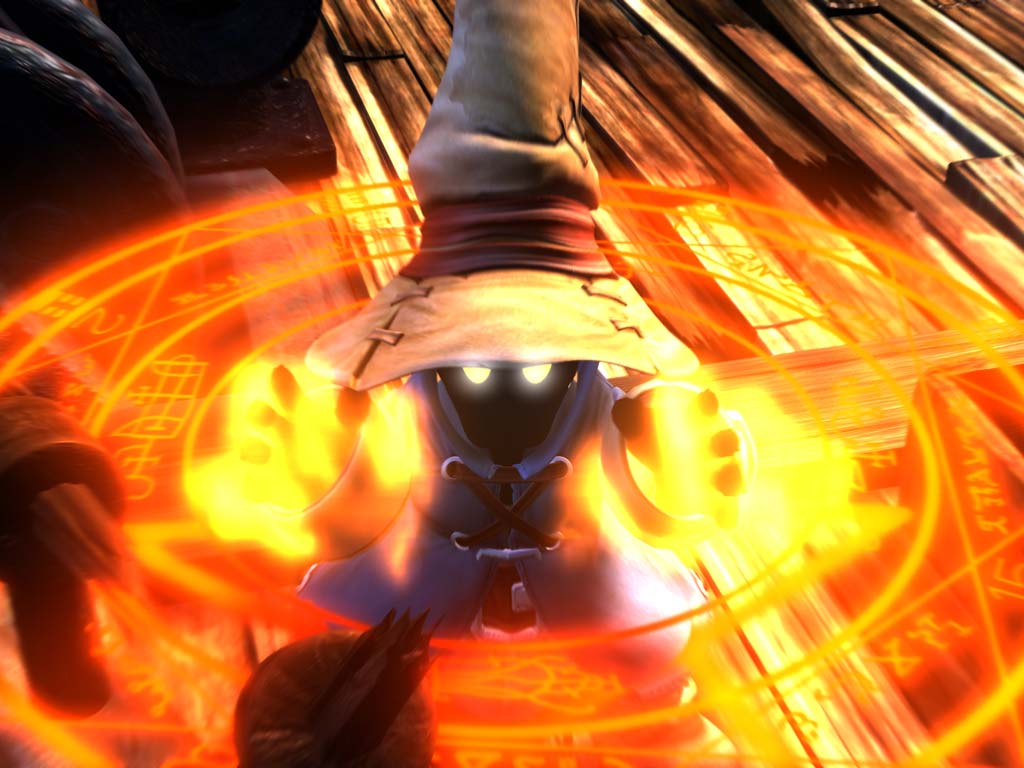Malevolence is a real-time tactics game focused on deck building and effective tactical decision making. Players have access to three unique factions known as the Bastion, Wildwoods and Oath breakers.
Players are placed in a dark reality in which humans struggle to exist, some live in the steam city of Bastion and pray to their machines and iron walls. Some turn to nature and live among tower treants and others still turn to the power of death. Players choose between the three unique factions and build a "deck" of units using points system where different units cost a different number of points. Similar to chess players place their pieces at the start of a match and then play it out in real time. Matches revolve around a variety of map dependant and partially randomised events which earn the players points. Unlike common RTS games there is no base building, players use the points they earn in game play to purchase reinforcements from success. Without success its harder to authorise further reinforcements, players still earn points while losing, but they earn less.
To augment their reinforcement's players can also draft unique powers and abilities such as artillery strikes, magical typhoons or meteors of rotting flesh.
Malevolence plays on two popular aspects of strategy games. The deck building of card games and the micro management and tactical decision making of real time strategy. Malevolence requires careful deck building, side decks will be available similar to common TCGs but mostly drafting armies will require careful strategic choices mixed with a strong style and understanding of the players preferences. Controlling armies will require calm control of multiple units similar to RTS but with a strong preference to objective based strategy. Combining these two Malevolence endeavours to perfect the genre
●Deck building similar to popular TCGs
●Fast paced strategy similar to RTS
●Intense objective based combat

Etherion is a two player strategic board game with elements of deck building intended to be played in best of threes. Players play as mages trying to control the magical ley lines of a locale represented by the grid of the board. Players fight to control the ley lines by placing tokens of power at their intersections, creating patterns with the tokens to cast cantrips from their spell book or surrounding their opponent's tokens to convert them to their own.
Players start the game by choosing a colour of magic. Each colour corresponds to a deck of twenty unique cards of two type's; cantrips (thirteen in the deck) and spells (seven in the deck). Each colours cards highlight a unique play style. Once players have chosen a colour they shuffle their deck and draw five cards, they keep two and discard then repeat this. The third time they draw they keep two and discard one from the six they now have and again repeat this. Ending with a hand of five cards. The player places keeps these cards without showing his or her opponent.
Once they have their cards players take turns placing tokens on the grid at the intersections of the lines with the goal of enclosing the most possible space and hence gathering its magical power. Players can attack an opponent's tokens by blocking off (at any distance) all of the lines leading to them with a token of their own (this works for single tokens and groups) when all of the ley lines are blocked the tokens are "dead" and are removed from the board at the end of the game prior to scoring. They can also use the cantrip cards they have in their hand. Cantrips show token patterns on them, when this pattern is created the card can be revealed and the effect written on it occurs. The effect only occurs if the card is revealed as the last piece in that pattern occurs. The card remains revealed and in play after this. If the pattern is created again then the effect occurs again.
There are two possible ends to the game, the standard (and fairly rare) ending of the game where players place all their pieces or a spell ending. In the event of a standard ending players remove all tokens which are dead and then count the total space they have enclosed earning one point for each intersection enclosed. Spell endings are however entirely different.
To start a spell ending players must have a spell card in their hand. Spell cards state alternative unique victory conditions and must be revealed before the first piece is placed. In the event both players reveal a spell card a duel occurs. Duels are carried out by taking turns bidding a number of points they will beat their opponent by, players must always bid higher than their opponent to keep the bid going, the player who bids the highest wins the right to cast their spell. The winner now has to A) win the game and B) beat their opponent by the number of points they said they would. If they do so then they have the win, the loser of the bid however must only stop their opponent winning by the number of points he said he would. If they do this they have the win.
The game is intended to be played as a best of three (or more) to allow both sides a chance to play spells.
Etherion aims to be a strategic player versus player game allowing two players to lock in a dynamic battle of wits. Each player has to make constant strategic decisions similar to those of chess however underlying this they are trying to achieve their win condition and create the patterns they have hidden in their cards. As players become familiar with the game they will begin to consider what cantrips a player may be holding and what effects they could have, attempting to dodge potentially dangerous patterns and positions while advancing their own positions and developing their own patterns in a dance across the board. Cantrips may allow players to pick pieces back up, remove opposing pieces from board or add additional pieces of their own and so can have wild effects on the game state quickly changing the board.
Overall Etherion aims for a deeply varied and complex battle of wits between players of equal understanding.
Games of Etherion should last approximately fifteen minutes with a set of three (the intended number for a match) lasting forty five minutes.

Five Nights of Monsoon is a player versus player top down base builder for up to four players played on a grid based map. Players take the role of a nature sprite who has been tasked by Mother Nature to build the greatest monument to her in the five nights of monsoon rain she has provided, the sprite who creates the greatest monument will ascend to be the spirit of rain in her direct service.
Players are randomly spawned in a life cocoon on the map at the start of the game. The life cocoon stands as a base of operations which players spend the games two resources at to upgrade gaining special bonuses (such as additional resources, skills or victory point conditions) and victory points for each upgrade. The game ends after five five minute cycles of day night and the points accrued for each player are tallied with the highest number winning.
Players navigate their sprite around the map using a point and click method claiming resources which they use to grow their life cocoon to become the greatest possible monument over the course of five days and five nights, each growth (upgrade) is completed at the end of a day or at the end of a night. During each three minute day players collect resources and each two minute night players spend these resources and shift droplets around their chains to prepare for the next day.
Raindrops the first resource are scattered across the map at the intersecting points of the grid at the start of each day, players move their character to claim them by linking them together into chains which must touch the player's life cocoon. Players can transport water along chains by dragging them as long as they follow two rules:
Raindrops that are not linked at the end of a day cycle are washed away and raindrop chains cannot be expanded or retracted at night (though droplets can be moved through them).
Opponents cannot cross a player's chain allowing players to claim space using them.
The second resource solarium is collected by saplings which are randomly placed at the start of each day but are permanent for the rest of the match. Saplings are placed in the centre of a grid square and are claimed by placing a raindrop at each corner. Once it is claimed it generates solarium every five seconds of day.
Players will have access to a variety of maps all of which have different terrains and obstacles to overcome such as rocks, concrete or different kinds of saplings.
During the day players should feel rushed, struggling against each other to resources while denying it to their opponents. Players need to make tough strategic choices between gathering additional resources, securing space to gather from in the next round, trying to prepare a growth for their life cocoon before the end of the day cycle or rushing to upgrade a sapling to increase solarium for an important growth, all well battling with a tight time window.
During the Night players are able to slow down and take a brief rest, shuffling their existing rain drop holdings, making choices on how to place their current resources for upgrades and looking towards how they want to play the next round out.
●Fast paced real time strategy
●Procedurally generated maps with randomised rounds making no game similar
●Short enjoyable matches
●New take on the classic competitive strategy games

Image Credit: http://www.plasticsurgeryspecialistsva.com/wp-content/uploads/water-on-leaf.jpg